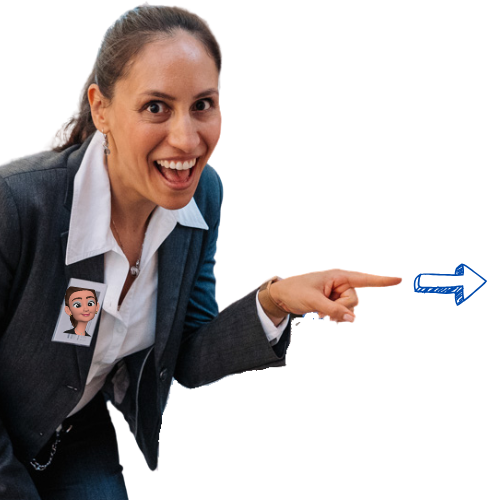Becomes clear when we are clear!
Good communication makes all the difference and is often the sore point.
This is not about "right or wrong," but about impact, clarity, and connection in everyday work. For everyone who wants to communicate (more) consciously.
Teams rarely talk about how they communicate with each other. This allows patterns to creep in: things are said between the lines, feedback is postponed, and meetings lose clarity. Bad habits quickly develop: some things are only hinted at, feedback is not given, meetings are unclear, and collaboration suffers.
In workshops on this topic, we create a common basis. We practice effective communication, provide constructive feedback, and adhere to meeting rules. This is not a simple course, but a deep exercise for everyday team life.
Models and mindsets:
The four sides of a message
(based on Schulz von Thun)
Every message contains more than just facts and is understood differently. We strive to make the invisible visible, particularly in relationships.
Nonviolent communication
(according to Marshall Rosenberg)
Recognizing needs and expressing them clearly without hurting others. A valuable basis for conflict resolution and difficult conversations.
NLP language patterns and meta model
(according to Bandler and Grinder)
Language shapes reality. We reflect on concepts, their effect, and their influence on dialogue.
Possible workshop topics:
- Giving feedback that is understood – honest and helpful.
- Recognizing patterns in communication and reflecting on them.
- Leading meetings well and shaping them through exchange.
- Developing rules for the team (e.g. for discussions or criticism)
- Speaking plainly – without disrupting the relationship.

Reflection prompt:
- What don't you talk about - and why?
- How do you talk to each other when things get difficult?
- What words do you avoid, and what does that say about your culture?
Diversity in teams pays off when used correctly.
Whether in large companies, medium-sized businesses, or start-ups, different views, experiences, and ways of thinking make groups more creative and resilient. But simply having different people is not enough. Without a culture that values, integrates, and utilizes these differences, diversity often remains untapped—or leads to problems.
Diversity takes many forms, because difference manifests itself on many levels:


Cultural Diversity: This includes different national or ethnic backgrounds.

Professional Diversity:
This includes different educational backgrounds and professional experience.

Cognitive Diversity: This refers to different ways of thinking or styles of problem solving.

Demographic Diversity:
Age, gender, and stage of life play a role.
.png?width=50&height=50&name=ACH%20Posts%20(7).png)
Diversity of values and personality:
Different motivations and attitudes are relevant here.

Reflection prompt:
Team culture: an amplifier or a brake
Diversity only has a positive effect if the team culture not only accepts differences but actively utilizes them. This means:
- A high level of psychological safety so that everyone can express their opinion (according to Amy Edmondson).
- Inclusive leadership that consciously incorporates different perspectives (according to Bourke & Dillon).
- A shared set of values that guides collaboration, even when opinions differ.

Reflection prompt:
Cultural intelligence (CQ) – living diversity in a measurable way
David Livermore's approach makes cultural competence tangible. CQ consists of four parts:

CQ Drive:
The motivation to engage with other backgrounds.

CQ Knowledge:
Knowledge about differences and their effects.

CQ Strategy:
Awareness and planning for intercultural situations.

CQ Action:
Adapting and planning your own behavior and communication to the context.
What does this mean for teams? High CQ scores mean fewer misunderstandings, more creativity, and faster trust, especially in diverse teams.
Focus areas for workshops or coaching:
- A CQ test for individuals and teams.
- Analysis and development of team culture and inclusion practices.
- Practical exercises on changing perspectives and empathy.
- The development of shared values alongside communication rules.
- Strategies for implementation to achieve greater diversity in everyday working life.

Reflection prompt:
- Who has a voice in our organization—and whose perspective is missing?
- How consciously do we deal with differences – or do we treat everyone the same?
- What strengths result from our diversity?
- How flexibly do we adapt to different people and situations?
Free reflection: How inclusive is our team culture?
This worksheet helps you assess the current situation and define the first steps – from the "we are all the same" approach to "we consciously use our differences."
Your CQ test with Ameliorate
If you want more than just reflection, you can go even deeper with the Cultural Intelligence Assessment and receive:
- An evaluation of your CQ scores.
- Practical recommendations for further development.
- Upon request, a team profile that highlights strengths and blind spots.
